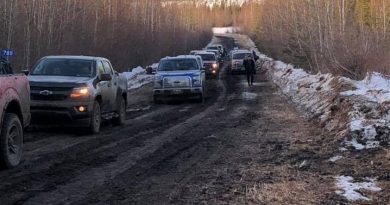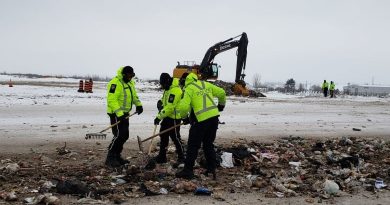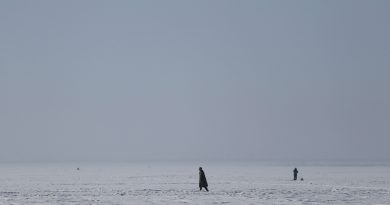Blog – Who really built Canada’s first highway to the Arctic Ocean?
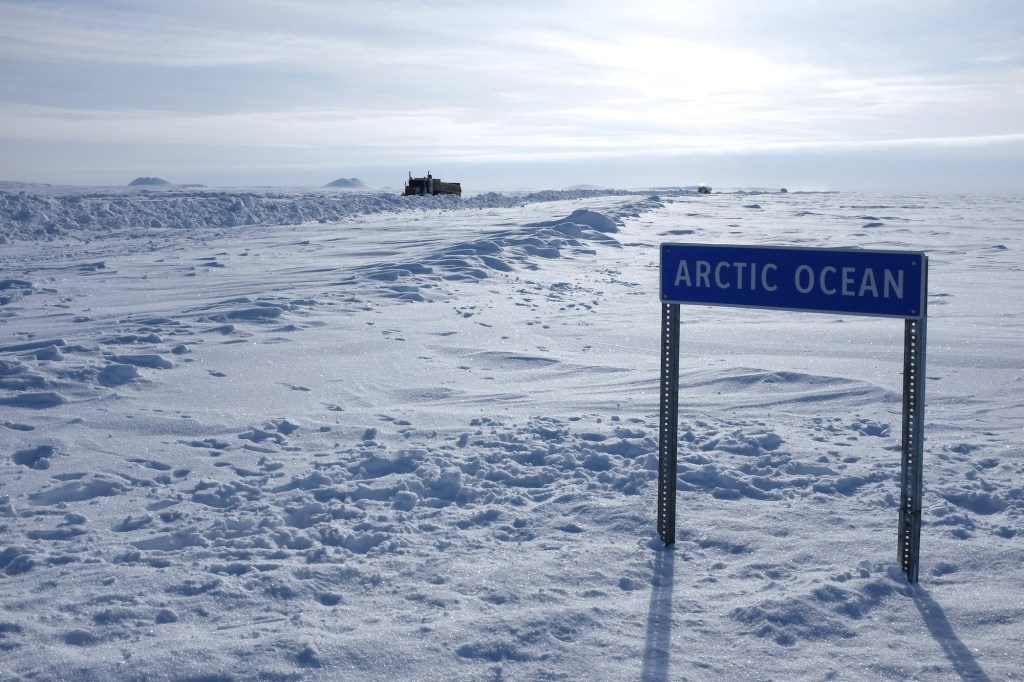
Canada’s first highway to the Arctic Ocean opened on Wednesday. This 138-kilometer road between Inuvik, the administrative hub and biggest town in Canada’s Western Arctic, and Tuktoyaktuk, a coastal hamlet of about 900 people, also happens to be the first public highway in North America to the ocean at the top of the world.
Travelers on Alaska’s Dalton Highway, completed in 1974, can only drive as far as Deadhorse before hitting the fenced-off oil facilities that sit atop the shoreline.
That same year, when bell-bottom jeans were groovy and “I Shot the Sheriff” was top of the charts (as was Canadian legend Gordon Lightfoot), Public Works Canada began the first survey for a potential road between Inuvik and Tuktoyaktuk.
At the time, there was a lot of government interest in building an all-weather route to support the frenzy of oil and gas activity that was occurring off Tuktoyaktuk in the Beaufort Sea at the time.
But as that activity died down, so did government interest in the road. Inuvik and Tuktoyaktuk made do with a seasonal overland connection, building an ice road every winter across the rock solid Mackenzie River. In spring, summer, and fall, one had to fly or take a boat. And now – voilà – there is a permanent road.
That means access 24/7, 365 days a year to tiny Tuktoyaktuk (barring the likely many days the road will be closed due to flooding and washouts).
How did this come to be?
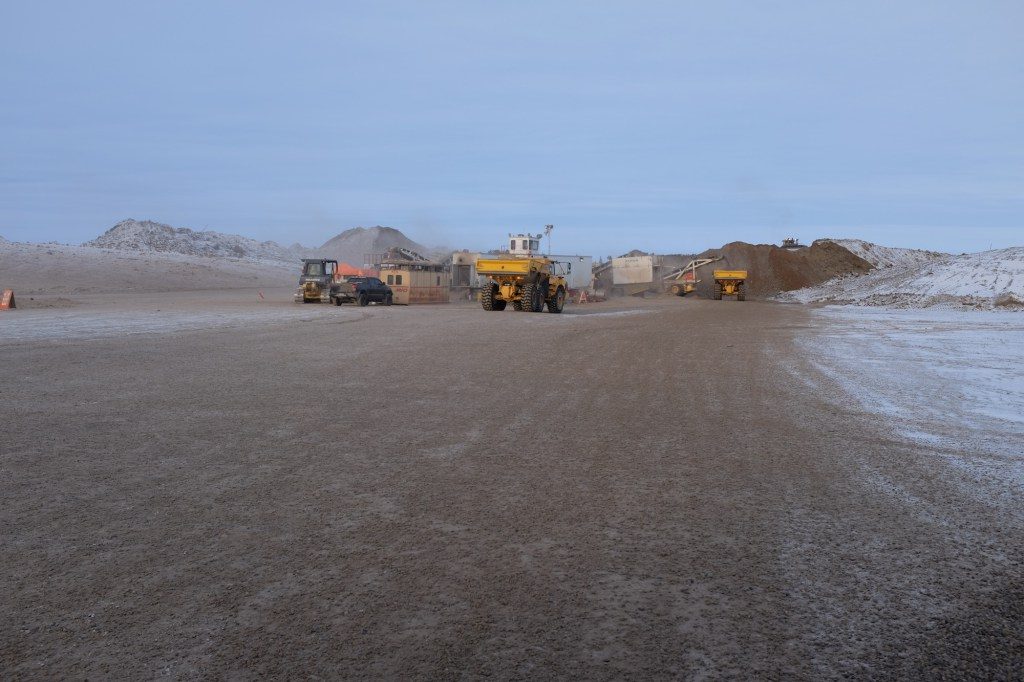
With all the ribbon-cutting going on today and opening ceremonies involving figureheads like the Governor General of Canada and the Premier of the Northwest Territories, it’s easy to think of the Inuvik-Tuktoyaktuk Highway as yet another Northern accomplishment racked up by the Canadian government. Road-building projects, especially ones in remote frontiers like the Arctic, seem inextricably tied up with the machinations of the state.
Typically, only governments (and perhaps a few big corporations) have the financial resources to construct large-scale infrastructure in harsh environments.
Yet in actuality, the highway represents a bottom-up rather than a top-down endeavor. I spent a relentlessly hot and buggy month under the midnight sun last year and a few weeks in subzero temps this past winter talking to the many individuals involved with the ITH, as locals refer to the highway project.
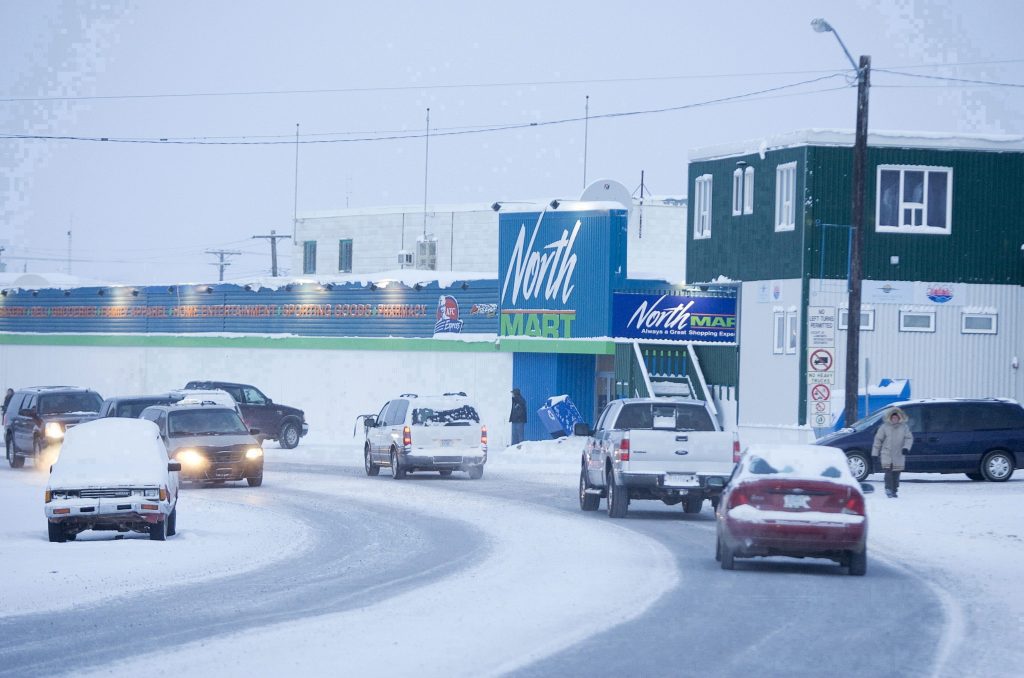
Over conversations in Inuvik’s sole cafe, at church barbecues chowing down on caribou and whitefish, in people’s houses, and in government offices, it became clear that the Inuvik-Tuktoyaktuk Highway is, at its heart, a local project.
The new transportation link between Inuvik and Tuktoyaktuk is the result of years of tireless, strategic lobbying by members of the Inuvialuit community, one of the indigenous peoples living in lands that the highway cuts across.
Inuvialuit leaders, members of the Inuvialuit Regional Corporation, which represents the interests of the approximately 3,000 Inuvialuit living in the region, and other local officials were instrumental in convincing the federal and territorial governments to allocate $300 million for the highway’s construction.
More than just a road

It is true that the ITH involves big-ticket items like geopolitics, oil and gas, and the Arctic. The highway realizes the decades-old dream of former Canadian prime ministers like John Diefenbaker to connect Canada from “sea to sea to sea”. By stretching from Inuvik to Tuktoyaktuk, it also extends the Dempster Highway, which opened in 1979.
That famous, much longer gravel road formed a key role in government plans to open up Canada’s North to access oil, gas, and minerals and realize the country’s supposed destiny as a northern nation. Now, by reaching the Arctic Ocean, the ITH will grant Canada overland access to the increasingly important Northwest Passage.
Some individuals, including Inuvialuit representatives I spoke to, echoed these larger-than-life descriptions of the road. They, too called it a “road to resources” and marveled at how it would connect Canada’s Pacific, Arctic, and Atlantic coasts. But it seems that local leaders had integrated these imaginings into their own campaign to attract the government to their region and win financing for the project.
They may have marketed their road as Canada’s first highway to the Arctic. But in other ways, their project was really about building a road between two communities in order to provide much-needed jobs, stimulate economic activity, and hopefully lower the price of things like groceries and fuel for people in Tuktoyaktuk, which rise outside of winter and skyrocket when planes can’t land in poor weather.
Inuvialuit take the political reigns
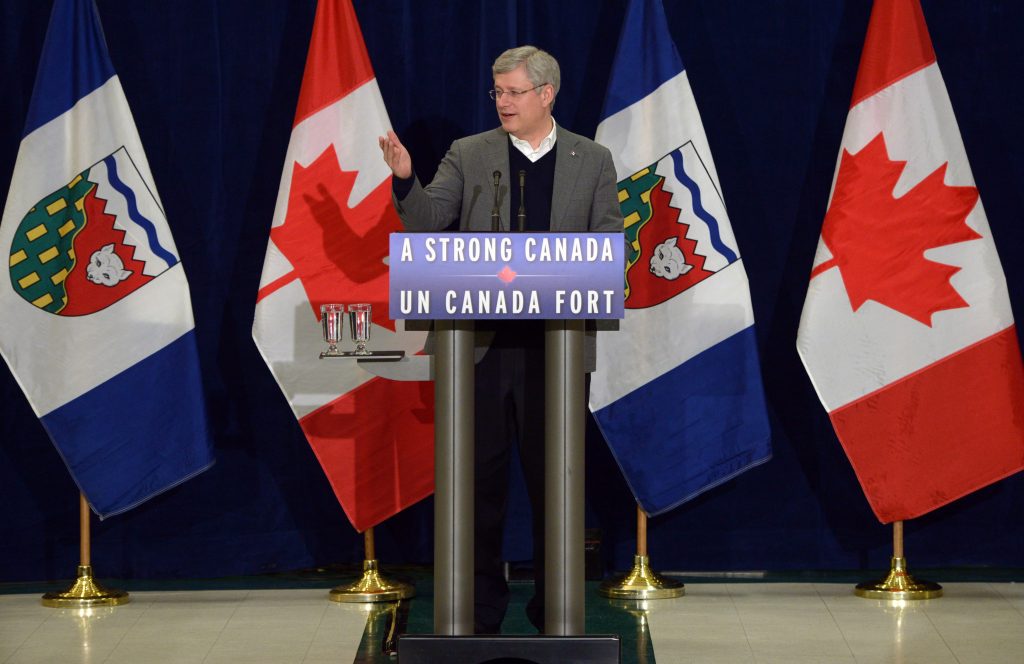
After the oil boom of the 1970s and 1980s ended, hard times fell on this corner of western Canada. Politically, however, the Inuvialuit had become empowered thanks to the resolution of their land claims agreement with the Canadian government in 1984. The Inuvialuit Final Agreement established the Inuvialuit Settlement Region – the lands to which they gained legal title – and the Inuvialuit Regional Corporation to protect their interests.
By the early 2000s, the Inuvialuit were politically strong but economically marginalized. Things were looking up for oil and gas under Prime Minister Stephen Harper, whose entered into office in 2006. But when it appeared that Arctic offshore drilling wouldn’t materialize anytime soon, the Inuvialuit needed to stimulate the regional economy some other way.
The Arctic was still hot property. Harper was visiting every summer and was keen to “use it or lose it,” as he famously said of the country’s three northern territories.
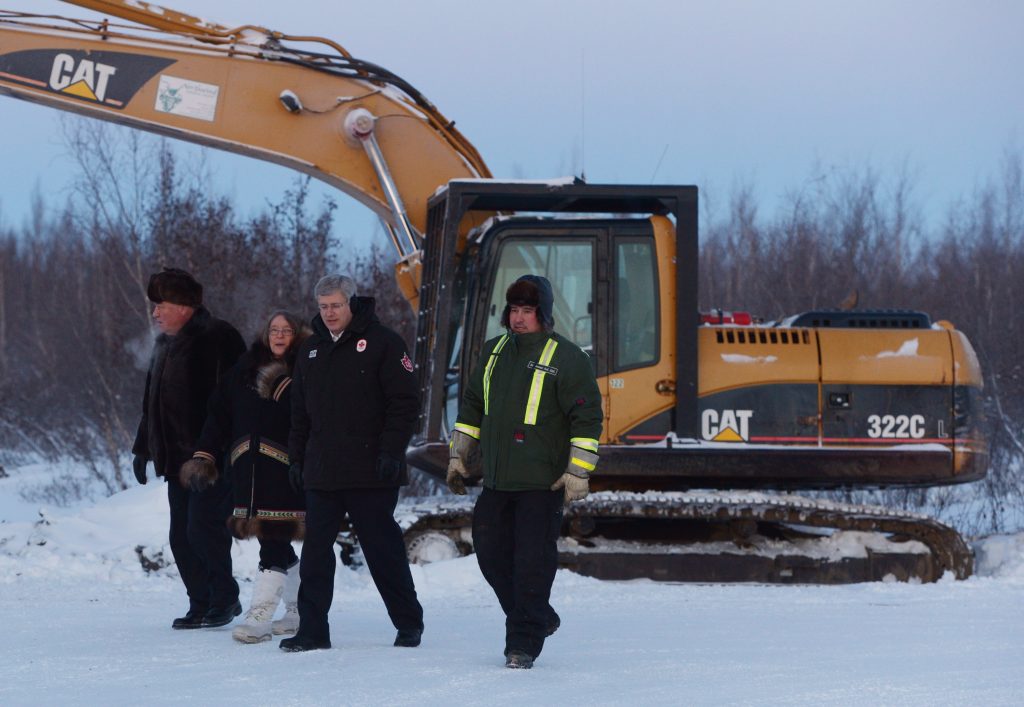
One individual from one of the two indigenous-owned companies building the road told me that while the highway is really a “make work project,” it was packaged to the government as a highway to the Arctic, one that would allow all Canadians to travel north and “dip their toe in the Arctic Ocean.” A professional video was made, with footage shot from a helicopter capturing the beauty of the lands that a road would pass through.
People from Inuvik and Tuktoyaktuk provided testimonials declaring that this 21st century road to the north would be like what the railway was for the Canadian West in the 19th century. The video and additional materials were shown to as many people as possible, and a table was booked at Harper’s annual barbecue at the Calgary Stampede. Stories had trickled down to all sorts of media outlets about the promise of and potential of the road, which I found taped to the wall in one house in Tuktoyaktuk.
And so the road to the Arctic was born, with the federal government announcing its commitment of $150 million in funding on June 6, 2011. The Government of the Northwest Territories would later commit the other $150 million.
Economics vs Environment
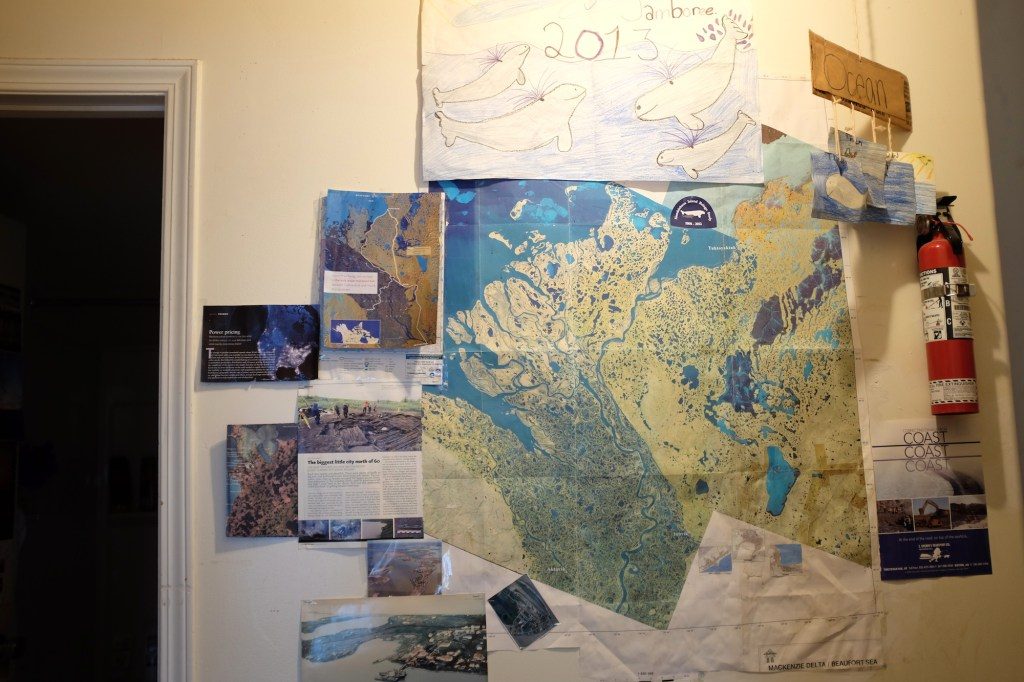
The road doesn’t fall short of how it was envisioned. It’s a beautiful drive high across the undulating tundra, and it’s pretty amazing to think that just five years, a highway to the Arctic was started and finished. Not by the government, but by two indigenous-owned companies, Inuvik-based Northwind and Tuktoyaktuk-based E. Gruben’s Transport, and the many workers they hired who hailed from surrounding communities like Inuvik, Tuktoyaktuk, and Aklavik, and additional ones who came from places outside the Northwest Territories like the Yukon.
Many people are already asking whether the highway, with a price tag of $300 million, will be “worth it.” It’s a huge sum of money, and as some people expressed during my time in the region, the highway has also ruined the land. The gravel pits that were scoured to find material for the road used to provide prime denning habitat for grizzly bears, who will now have to find somewhere else to hibernate. The precious Husky Lakes that lie on the east side of the highway might be overly impacted by increasing numbers of Inuvialuit who wish to fish in waters to which they are legally entitled.
Looking ahead to the next project
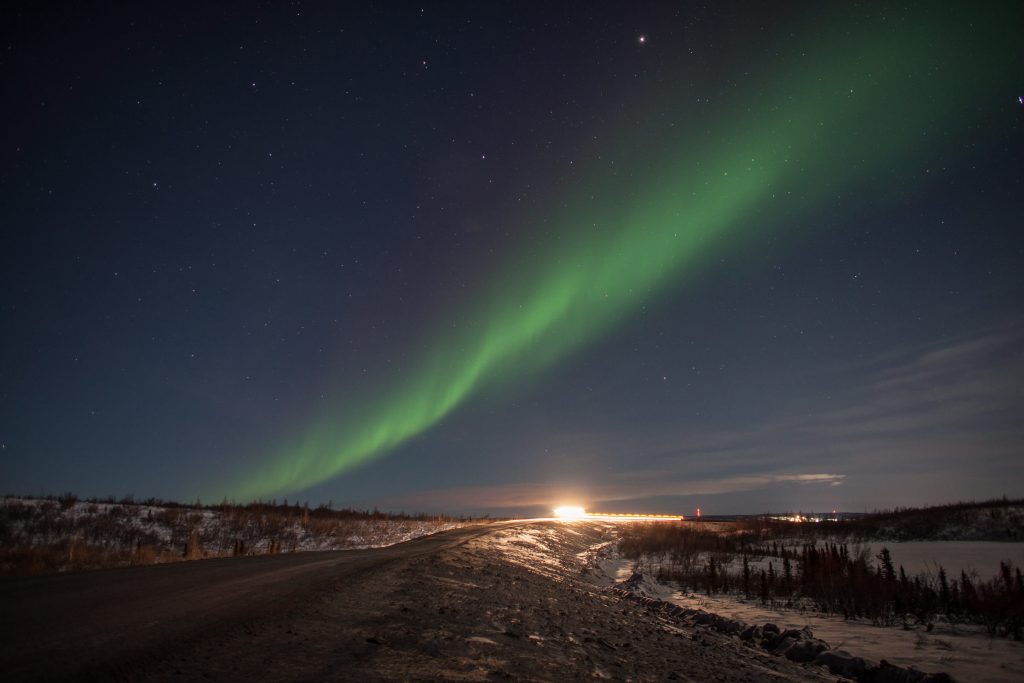
The road’s future is also unclear, as it sits atop permafrost that is unpredictably thawing as climate change accelerates. It may even warm faster in parts now that the road sits above it. Oil companies probably also won’t be turning up in numbers any time soon thanks to the low price of oil and the moratorium on Arctic offshore drilling enacted by current Prime Minister Justin Trudeau.
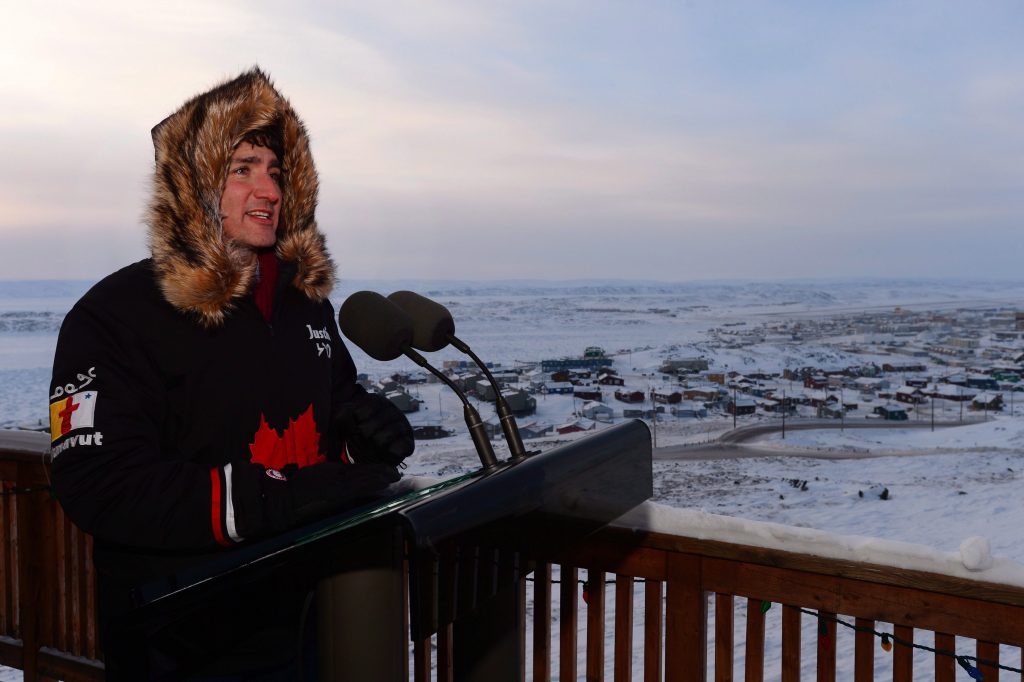
And it’s doubtful whether tourists will suddenly come rushing in to take the polar bear plunge given that the number of trips up the Dempster Highway has been in steep decline since the early 2000s.
But in some ways, the highway has been worth it to many you might ask. Even if it’s not environmentally sustainable, and even if it still relies on government funding, the ITH is a prime example of indigenous-led development. It shows that the people of the Arctic, particularly with political empowerment and the right to their lands, can make decisions about their own future.

In the 1950s, the Canadian government was unilaterally deciding where to put roads and radar stations in the Arctic. But now, while the tables haven’t turned completely, at least both the state and indigenous peoples are sitting at the same table.
There’s still a long ways to go, but progress is happening incrementally worldwide.
At the United Nations climate summit in Bonn, Germany this week, the world’s governments recognized that “first peoples” should play an active and engaged role in halting global warming and protecting carbon sinks like forests.
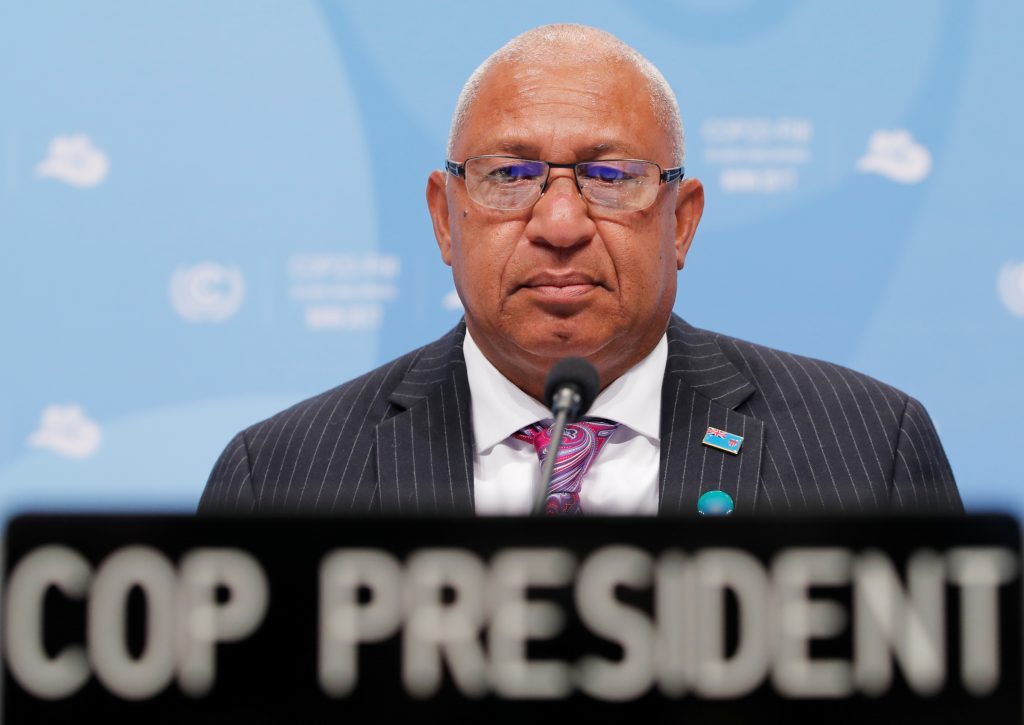
The pro-development positions of many indigenous peoples, and particularly indigenous corporations, in Alaska and Canada demonstrates that they may not always advocate for green solutions. But acknowledging that indigenous peoples have a right to manage their lands and territories whether that involves blocking new roads or building them is a step in the right direction.
This post first appeared on Cryopolitics, an Arctic News and Analysis blog.
Related stories from around the North:
Canada: Blog – Trudeau’s Yukon plan: funding another road to nowhere, blog by Mia Bennett
Finland: Sámi concerned about Arctic railway plans, Yle News
Norway: Norway positive to Finland’s Arctic railway plan, The Independent Barents Observer
Russia: New national park on Russia’s border to Norway and Finland, The Independent Barents Observer
Sweden: First building moved as northern Sweden town is relocated, Radio Sweden
United-States: Bill allowing road through wildlife refuge in Alaska passes U.S. House, Alaska Dispatch News


